The electrical service panel may not be the most glamorous aspect of your home, but it is unquestionably one of the most important. It is the heart of your home’s electrical system, a crucial interface between your home and the utility grid. It’s essential to understand how it works and how to maintain it to ensure the safety and efficiency of your electrical system. Thankfully, this article aims to provide an in-depth understanding of your electrical service panel. It will explore its components, function, maintenance, and potential problems. By the end, you’ll know your electrical service panel inside and out!
Contents
The Basics Of Your Electrical Service Panel
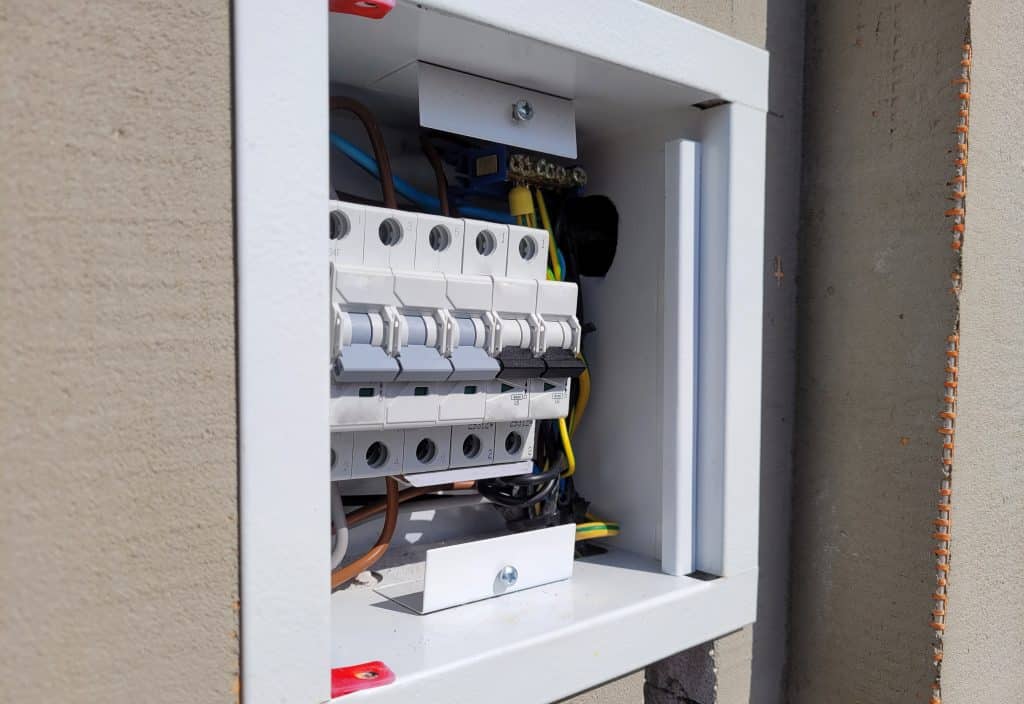
The electrical service panel, often known as the breaker box, is the central hub for electricity in your home. It distributes power to the various circuits in your house, each of which is protected by a circuit breaker designed to trip and cut off power in case of an overload or short circuit.
A properly functioning electrical service panel is critical for safety. It helps prevent fires and electrical shocks that can occur due to overloads or faulty wiring. Understanding how your electrical service panel works can equip you with the knowledge to identify potential issues before they escalate into major problems.
Components Of Your Electrical Service Panel

Your electrical service panel is composed of several vital components. This includes the main breaker, which controls all the power in your home, and individual circuit breakers, which manage power to specific areas of your home. Also, you’ll find bus bars that distribute power from the main breaker to individual circuit breakers.
Other components like the panel door, which offers a layer of protection, the neutral bar, and the grounding bar are equally important. These minor components ensure the panel operates safely, helping prevent electrical shocks and fires.
How Circuit Breakers Work

Circuit breakers play a critical role inside of your electrical service panel. They protect your home by interrupting the flow of electricity if an overload or short circuit occurs. This interruption prevents overheating of the electrical wires, which could otherwise lead to a fire.
Different types of circuit breakers exist, including single-pole, double-pole, and GFCI breakers. Single-pole breakers are typically used for standard circuits, while double-pole breakers are for larger appliances like electric dryers and stoves. GFCI breakers are used in areas where water is present, such as bathrooms and kitchens, to prevent electric shock.
The Role of the Main Breaker
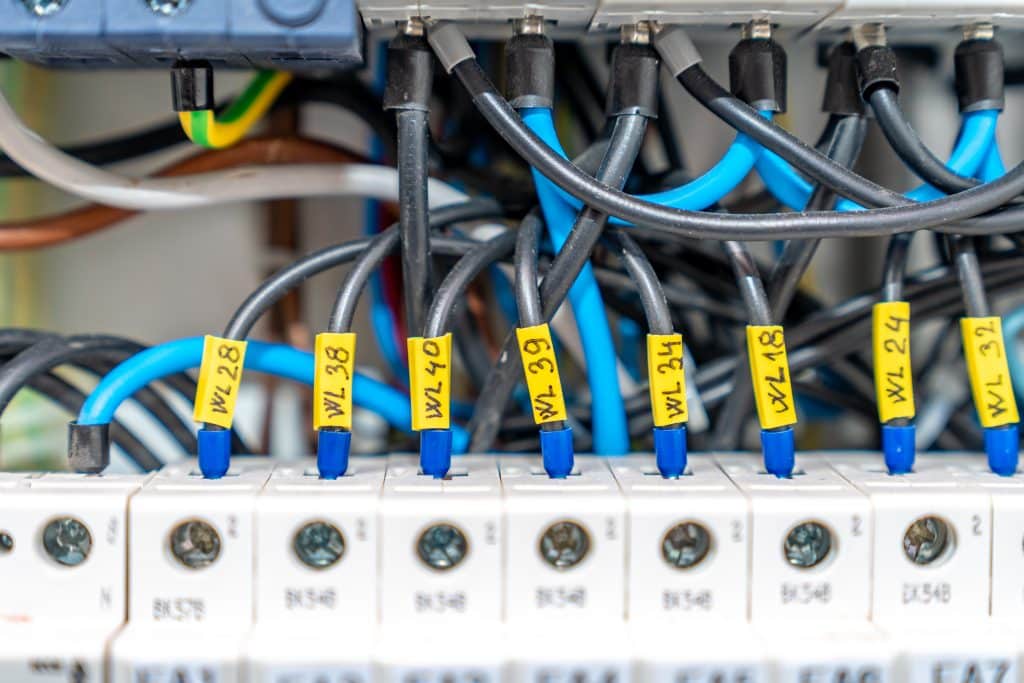
The main breaker in your electrical service panel controls the total amount of electricity that can enter your home. It’s typically a double-pole circuit breaker that can handle a large amount of current, often between 100 to 200 amps for most residential panels.
Main breaker sizes vary depending on the electrical demand of your home. An improperly sized main breaker can either frequently trip, interrupting your power supply, or fail to protect your home against overloads. Therefore, ensuring your main breaker is correctly sized for your home’s electrical needs is essential.
How to Read Your Service Panel

Electricity can be a mystery, but understanding your electrical service panel doesn’t have to be. Knowing how to read it is crucial when it comes to making safety-related repairs, adding new circuits, or troubleshooting electrical issues. The first step is to locate your service panel, typically found in a garage, basement, or utility room. Then, identify the main switch and circuit breakers.
Understanding which circuit breaker controls which part of your home and how to reset tripped breakers will save you time and money and give you peace of mind when it comes to your family’s safety. With a little bit of knowledge, you’ll be able to read your electrical service panel like a pro.
Maintenance and Safety Tips
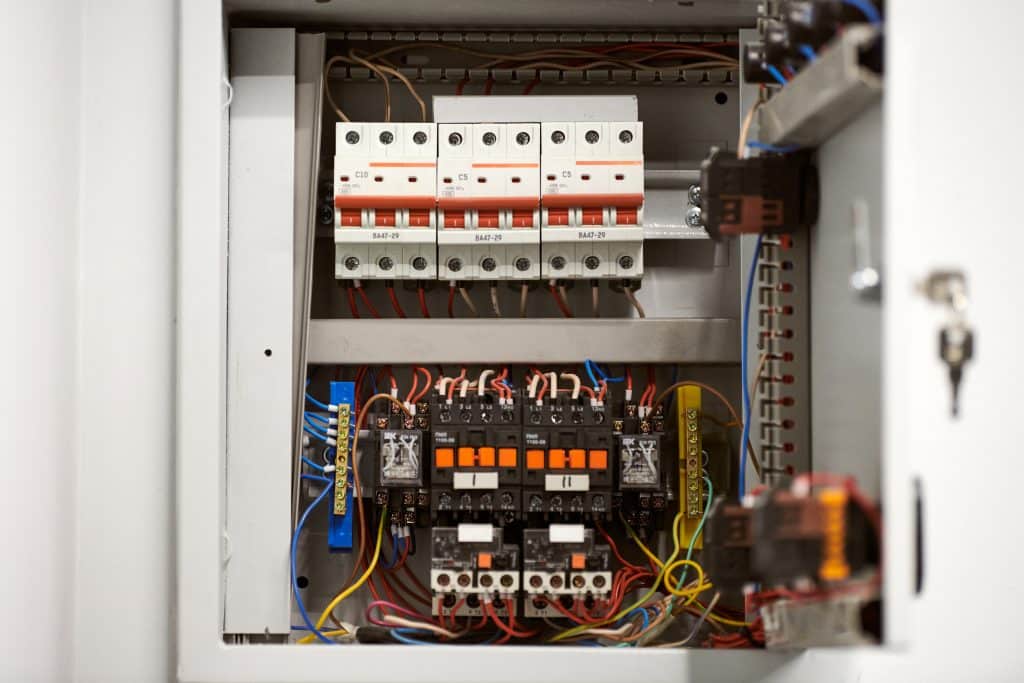
Regular maintenance and safety checks can prevent electrical hazards and extend the lifespan of the panel. One important step is to keep the area around the panel clear of clutter and avoid using the panel as a storage space. Another key tip is to never attempt to work on the panel yourself, as electrical systems can be dangerous and should only be handled by trained professionals.
Regular inspections by an electrician can catch potential issues before they become serious problems. By following these simple maintenance and safety tips, you can keep your electrical service panel functioning safely and efficiently for years to come.
Common Electrical Panel Problems
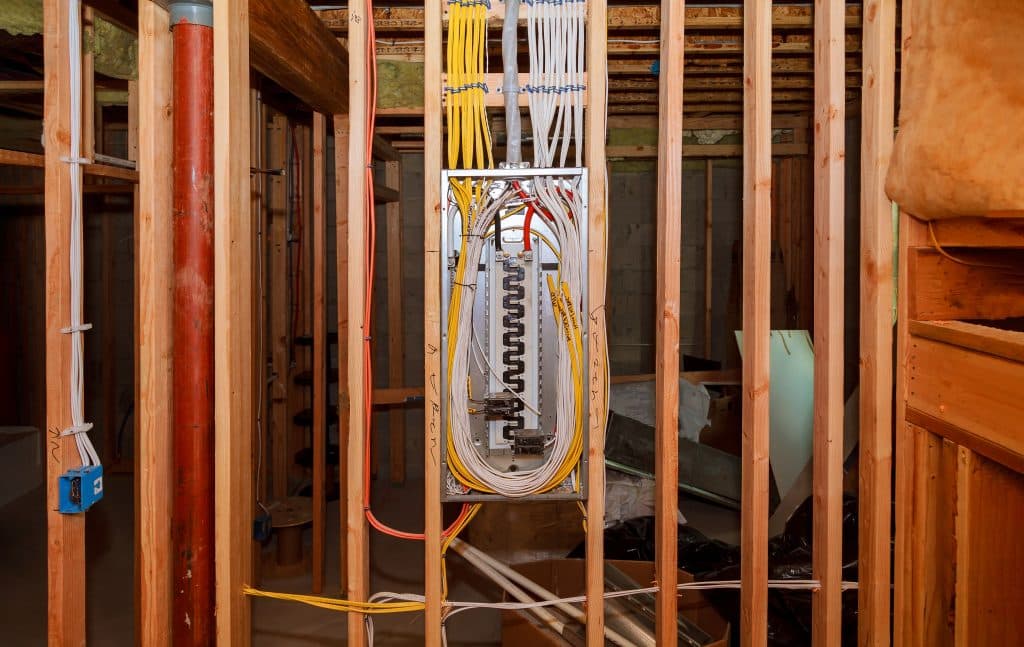
Like any system, electrical service panels can develop issues. Common problems include circuit breakers that trip frequently, buzzing noises from the panel, and signs of overheating, such as a burning smell or scorch marks around the breakers. These issues can indicate problems such as faulty wiring, overloaded circuits, or a failing breaker.
Addressing these problems often involves troubleshooting to identify the root cause. However, electricity is dangerous; unless you are qualified, it’s usually best to call a professional when you notice these issues. A licensed electrician can safely diagnose and fix these problems, preventing potential fire hazards or electrical shocks.
Upgrading Your Panel
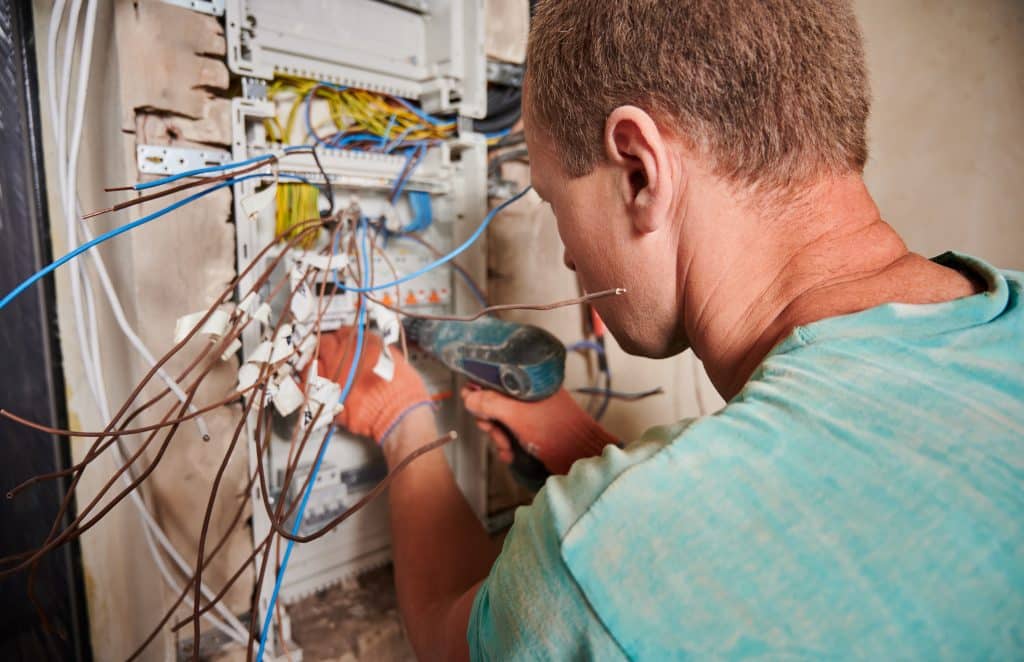
Over time, you may find that your electrical service panel needs to be upgraded. This could be due to increased electrical demand from new appliances, a home renovation or addition, or simply because your panel is outdated and no longer up to code. Upgrading your panel can enhance safety and ensure your electrical system can handle your home’s power needs.
The process of upgrading your panel should always be performed by a licensed electrician. It involves replacing your old panel with a new one that has a higher amperage rating, and it may also require updating your meter and service cables. It’s a complex job that involves working with high-voltage electricity, so it’s not a DIY project.
Knowing When to Replace Your Panel
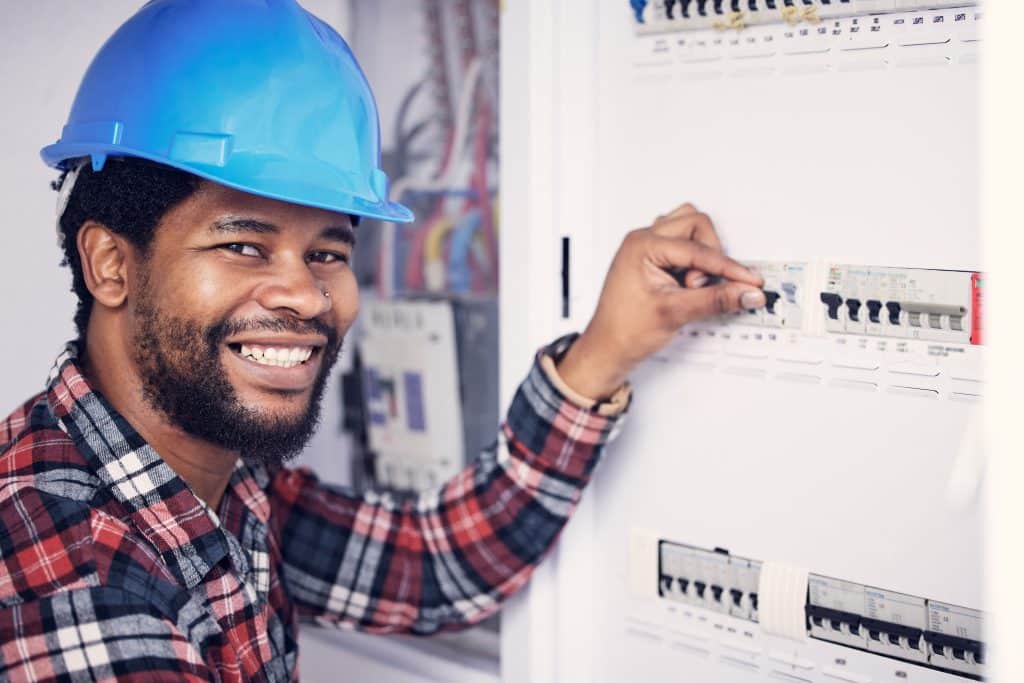
Certain signs can indicate that your electrical service panel needs to be replaced. These include frequent tripping of circuit breakers, a burning smell coming from the panel, and the age of the panel. If your panel is over 20 years old, it’s often a good idea to have it assessed by a professional, as outdated panels can present a safety risk.
Ignoring these signs can lead to serious risks, including electrical fires. Conversely, replacing your panel when necessary can enhance the safety and efficiency of your home’s electrical system. A new panel can handle the electrical demands of modern appliances and technology, reducing the risk of overloads and tripped breakers.
Stay Informed About Your Electrical Service Panel!
Understanding your electrical service panel is crucial for maintaining the safety and efficiency of your home’s electrical system. With the knowledge of how the panel works, its components, and how to maintain it, you’re well-equipped to identify potential issues and to communicate effectively with professionals when necessary. And remember to regularly inspect your electrical service panel, and don’t hesitate to call a licensed electrician if you notice anything unusual or if your panel needs an upgrade.